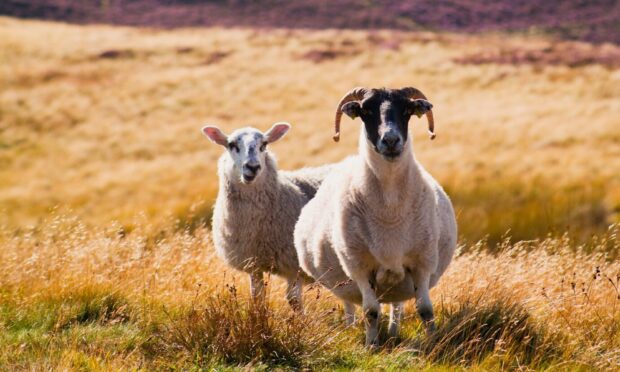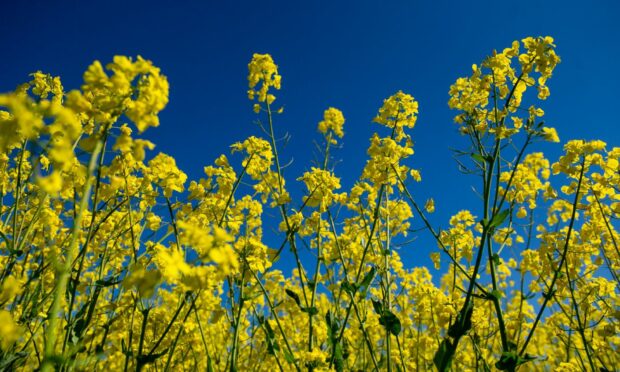A project to breed climate resilient sheep is among a group of 10 projects to share £500,000 in funding as part of efforts to make UK farming more sustainable.
UK farm levy body, the Agriculture and Horticulture Development Board (AHDB), and the Biotechnology and Biological Sciences Research Council (BBSRC) have awarded half a million pounds of funding to 10 agricultural research projects across the UK.
These include a project, led by Dr Georgios Banos at Scotland’s Rural College (SRUC), to improve genetics to breed climate resilient sheep.
AHDB environmental scientist, Dr Amanda Bennett, welcomed the project funding partnership with BBSRC and said: “Agriculture will be instrumental in reducing the impact of climate change by cutting greenhouse gas emissions and increasing carbon storage.
“These new research projects will provide much-needed progress in scientific knowledge on how farming can reach net zero by 2040.”
She said the 10 projects in receipt of funding cover five distinct topics – technology, regenerative agriculture, soil health, improving livestock farming systems, and looking to the future development of new resistance mechanisms.
Three projects focused on developing innovative new technology include one led by Dr Matthew Tinsley at Stirling University to develop best-practice for tank-mixing pesticides.
The other two are: a project led by Dr Joe Roberts at Harper Adams University to develop a new smart monitoring tool for improved night-time monitoring of vine weevils; and work by Dr Martin Blackwell at Rothamsted Research to develop a new field test kit to measure soil phosphate.
The two projects focused on regenerative agriculture include one led by Dr Julia Cooper at Newcastle University, which focuses on working with farmers in the north-east of England to better understand the opportunities and challenges for regenerative agriculture.
The other, delivered by Dr Michael Garratt at the University of Reading, will focus on working with farmers to provide improved guidance on reducing and optimising inputs for oilseed rape crops.
A pair of soil health projects include one led by Dr Jackie Stroud at SRUC, which will investigate how earthworms may reduce disease risk through effective residue management, and another by Dr Matthew Black at Harper Adams University exploring how new soil amendments could help to store carbon in soil.
The last two projects are one led by Dr Phil Staddon at Royal Agricultural University, looking at the best grazing options for livestock, and one led by Dr Beatriz Orosa looking at how plants and pathogens battle at the molecular level with Ubiquitin induced resistance in barley.
‘Resilience to climate change better in some sheep than others’

